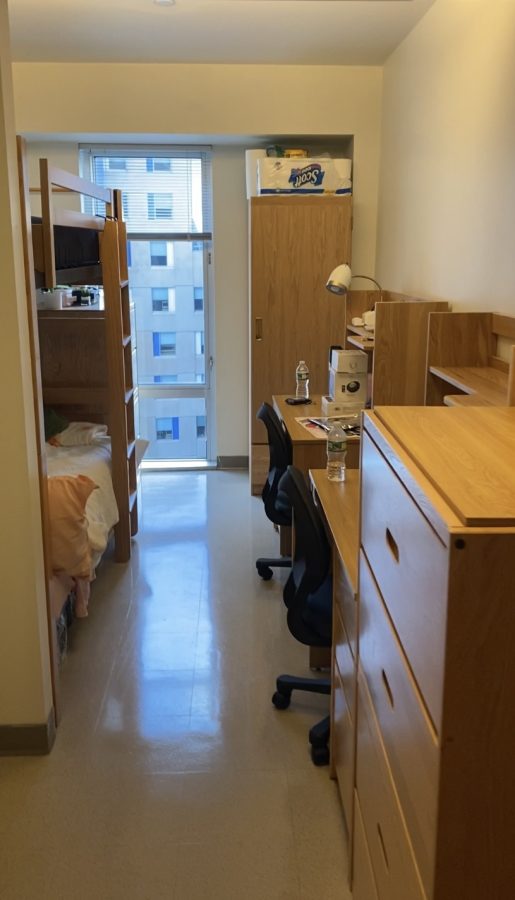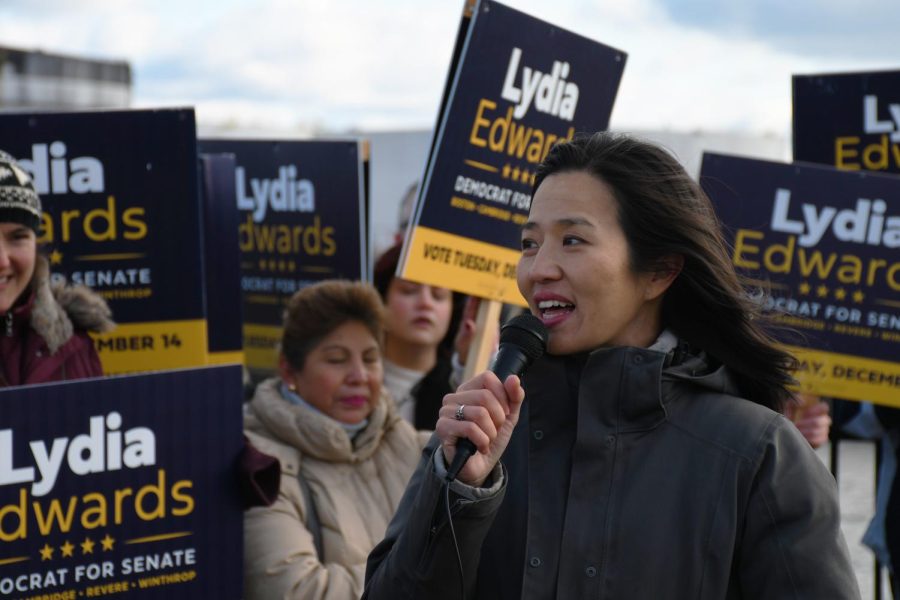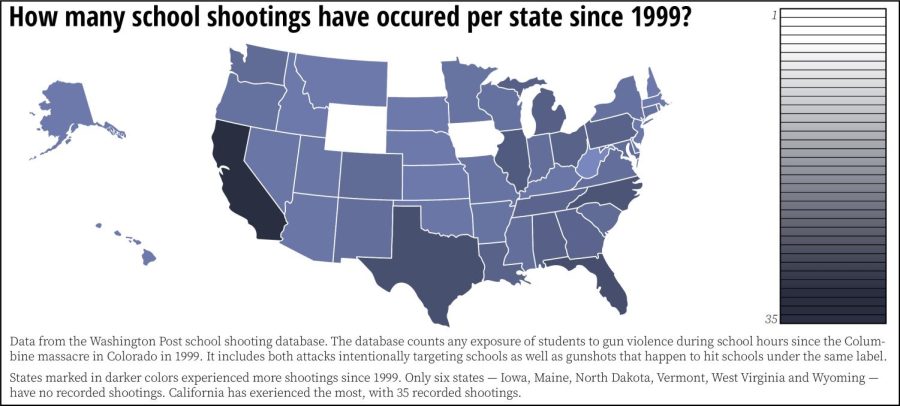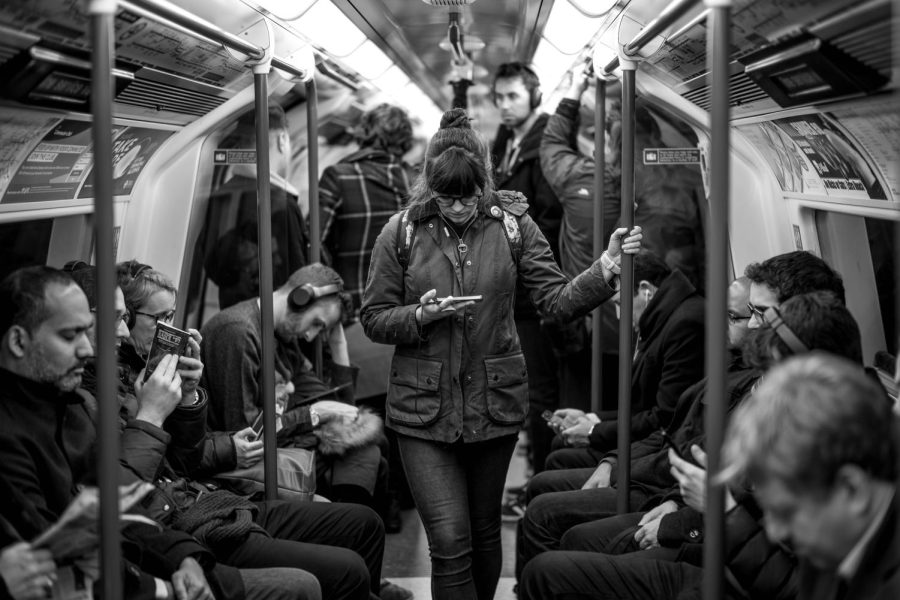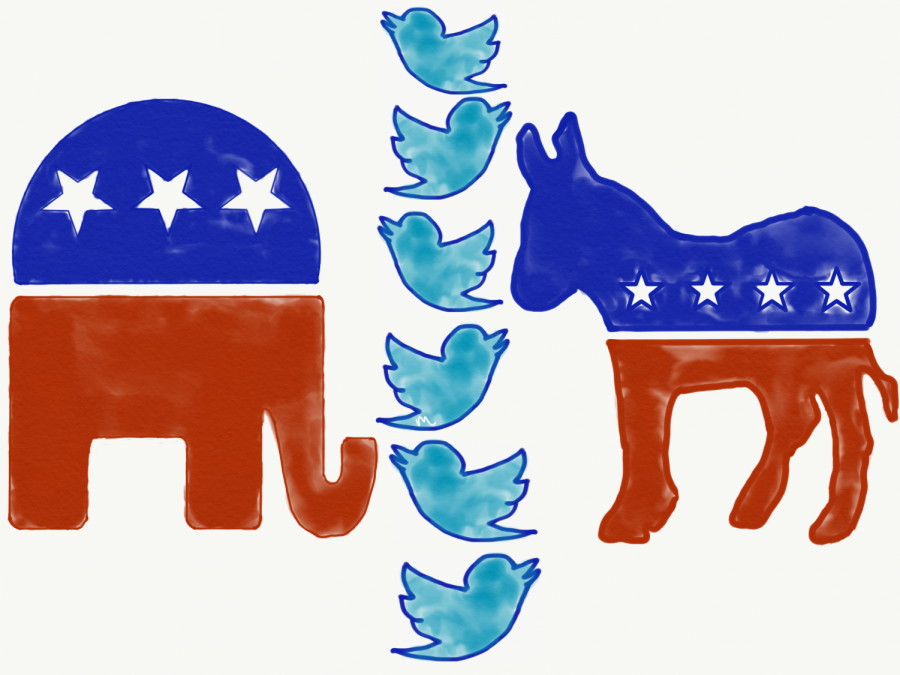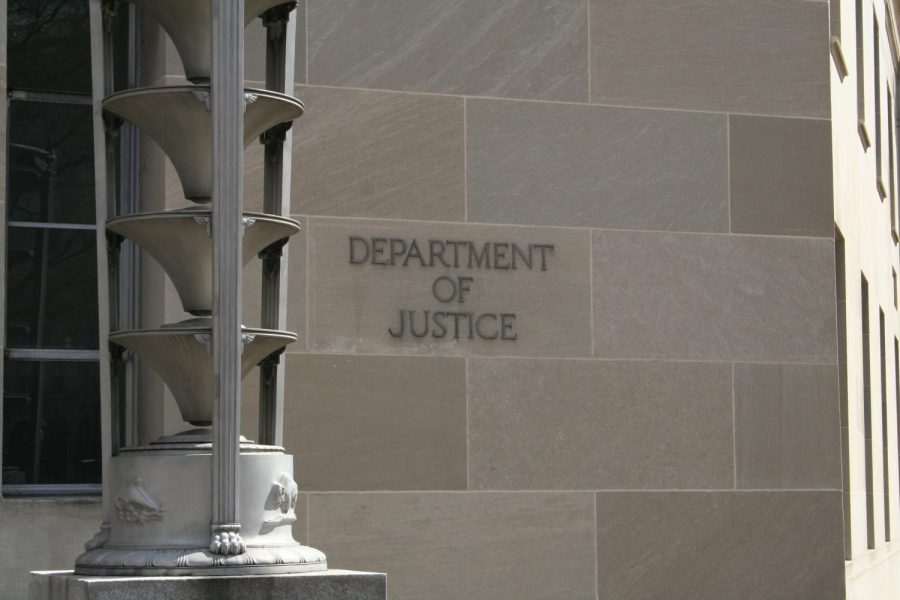By Sean Connolly, editorial columnist
Affirmative action programs have been the topic of harsh debate since their institution in the early 1960s. Different affirmative action programs have been brought to the Supreme Court multiple times, including the recent case of Fisher v. University of Texas at Austin. Opinions over affirmative action programs remain largely divided.
Those against affirmative action programs often construe it as some type of reverse racism. They argue that people are being rejected from schools because they’re white. The idea is that if two students of essentially the same academic standing apply to a school, and one is white and the other is a minority, the minority candidate will be picked.
First off, this isn’t a particularly accurate way to think of affirmative action. Done well, affirmative action programs aren’t simply a part of the admissions process. Instead, they are processes by which colleges and universities reach out to minority groups from the high school level and motivate them to apply, often providing financial aid or academic support programs. Affirmative action has not only led to an increase in minority enrollment in colleges, but an increase in minority groups applying in the first place.
But frankly, even if affirmative action programs were just admissions processes by which minority groups were more likely to be accepted to a school regardless of academic success, they still wouldn’t be wrong. If I knew for a fact that my application was turned down for someone who was somehow “less” qualified than myself because I wasn’t part of a minority group, I would not have a problem with it.
The truth is, I’ve had more access to education than many. In general, whites have better educational opportunities than minority groups. Hundreds of years of economic oppression has resulted in a much higher poverty rate among minority groups than whites. When it comes to education, this means that minority families are less likely to be able to afford private schools and tutors. That’s especially a problem for them, because public schools in areas with large minority populations tend to be underfunded. There’s a reason for the stigma that exists around inner-city schools. Economic practices like redlining resulted in minority groups living in poorer areas than whites. The actual practices were complicated and terrible and deserve a more in-depth examination than I can give. To put it extremely simply, the white people who controlled the housing industry systematically denied home loans to people of color in what were considered to be “good” neighborhoods. The result was that minority groups were forced into poor areas. Since public schools are funded by property taxes, there’s often a large divide in the quality of schools in “good” areas and the quality of schools in “bad” areas. It’s a relatively easy problem to fix by sharing out funding for schools more equally, but by and large, states let the status quo remain as it is.
The problem here should be self-evident. Economic discrimination results in minority groups having higher rates of poverty. Poverty results in a lack of educational opportunities. A lack of educational opportunities makes it more likely for an individual to remain in poverty. And on and on the cycle goes.
Calling affirmative action “unfair” implies it’s corrupting an even playing field. But the deck is already stacked. Minority groups often have very real economic and educational boundaries to success. Affirmative action is just trying to even the odds a bit.
President Lyndon B. Johnson put the issue elegantly: “You do not take a person who, for years, has been hobbled by chains and liberate him, bring him up to the starting line of a race and then say, ‘you are free to compete with all the others,’ and still just believe that you have been completely fair.”



